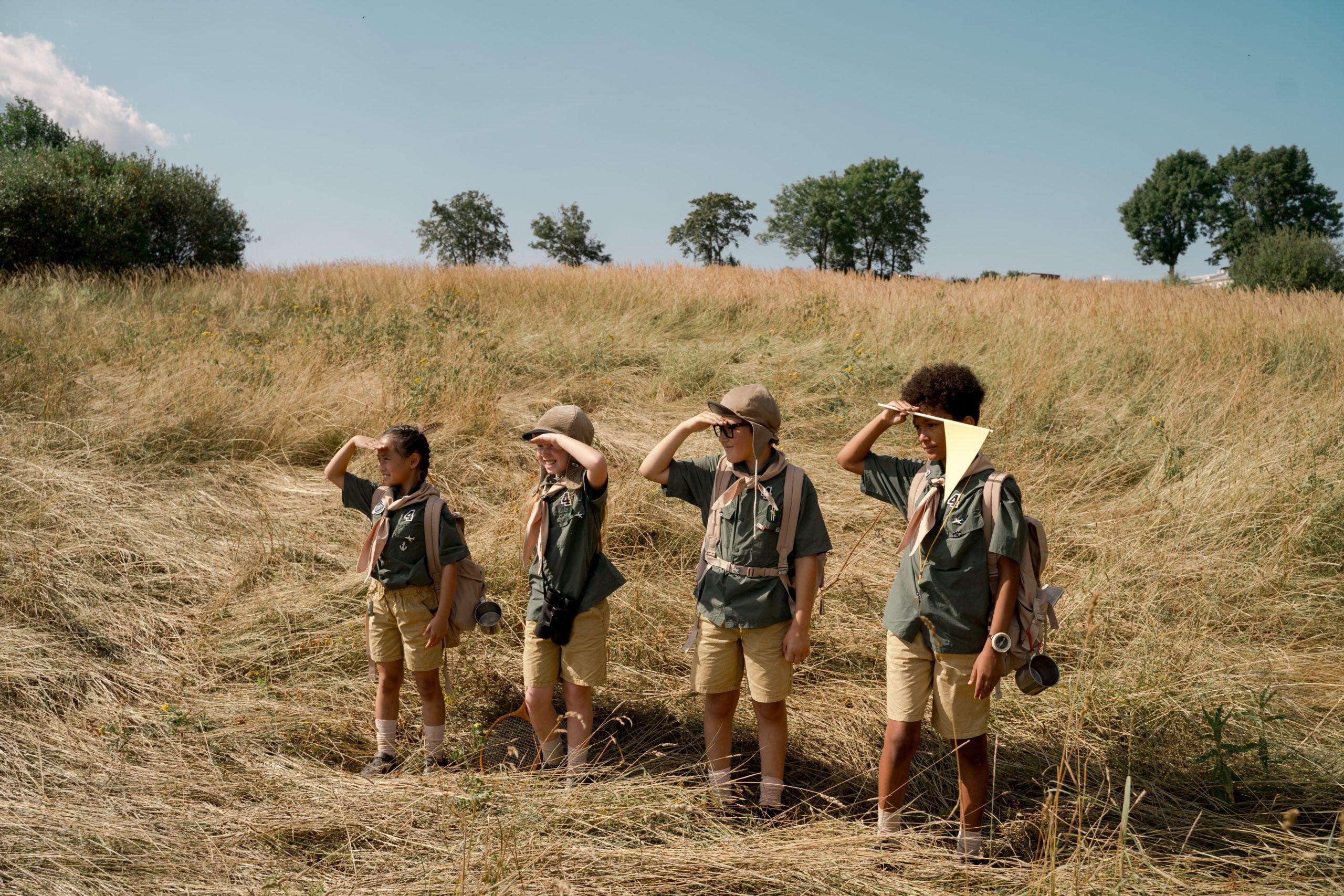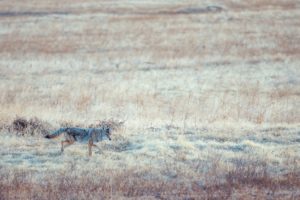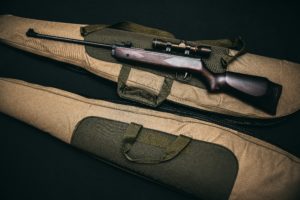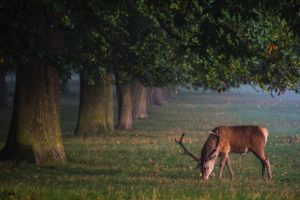Scouting is an essential part of hunting, as it allows hunters to find and study the hunting area before the actual hunt. It’s a crucial step that can make a big difference in the success of the hunt. This is because scouting allows hunters to gain a better understanding of the terrain, the wildlife, and the hunting conditions in the area. It also allows hunters to identify the best hunting spots, plan their approach, and make necessary adjustments to their equipment and tactics.
The first step in scouting is to find the hunting area. This can be done by using maps, GPS, or other resources to find a suitable location. Once the hunting area is identified, hunters can begin to study it. This can include examining the terrain, looking for signs of wildlife, and assessing the hunting conditions.
When studying the terrain, hunters should pay attention to the topography, vegetation, and water sources in the area. They should also look for any hazards or obstacles that may affect their hunt, such as rocky terrain or thick brush. By understanding the terrain, hunters can plan their approach and identify the best hunting spots.
Next, hunters should look for signs of wildlife in the area. This can include tracks, scat, rubs, and other signs that indicate the presence of animals. By studying these signs, hunters can gain an understanding of the wildlife in the area and their behavior. They can also identify the best hunting spots based on the presence of wildlife.
Hunters should also assess the hunting conditions in the area. This includes the weather, the wind direction, and the time of day. By understanding the hunting conditions, hunters can plan their approach and make necessary adjustments to their equipment and tactics. For example, if the wind is blowing in the wrong direction, hunters may need to change their approach to avoid being detected by the animals.
Scouting can also help hunters to identify potential hunting spots. This includes areas where animals are likely to be found such as food sources, bedding areas and travel corridors. By identifying these spots, hunters can plan their approach and increase their chances of success.
Once the hunting area is scouted, hunters can plan their approach. This includes deciding on the best hunting spot, selecting the right equipment, and developing a hunting strategy. By planning their approach, hunters can increase their chances of success and make the most of their hunting trip.
It’s important to note that scouting is not a one-time activity, it should be done regularly, especially as the hunting season progresses. The animals’ behavior and the environment change, so it’s important to stay aware of those changes and adjust your hunting strategy accordingly.
In conclusion, scouting is an essential part of hunting. It allows hunters to find and study the hunting area, gain a better understanding of the terrain, wildlife, and hunting conditions, and plan their approach. By scouting the hunting area, hunters can increase their chances of success and make the most of their hunting trip. It’s important to make it a habit to scout your hunting area regularly, and not just a one-time activity, to be successful in hunting.







